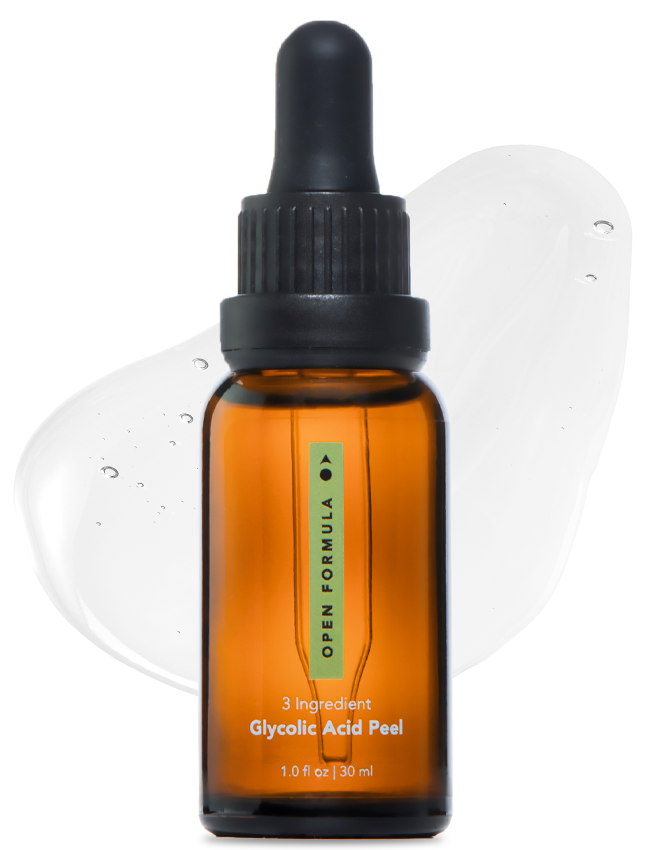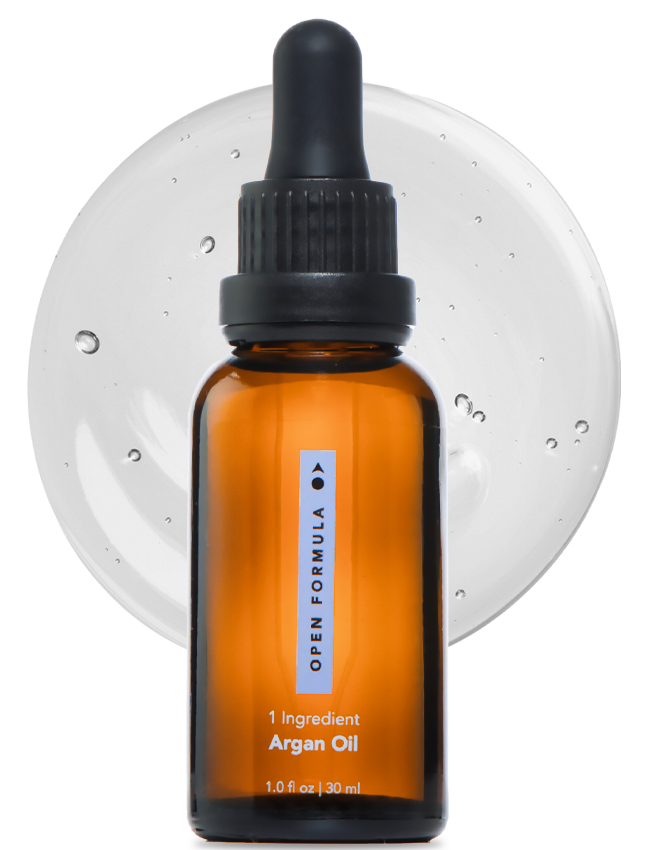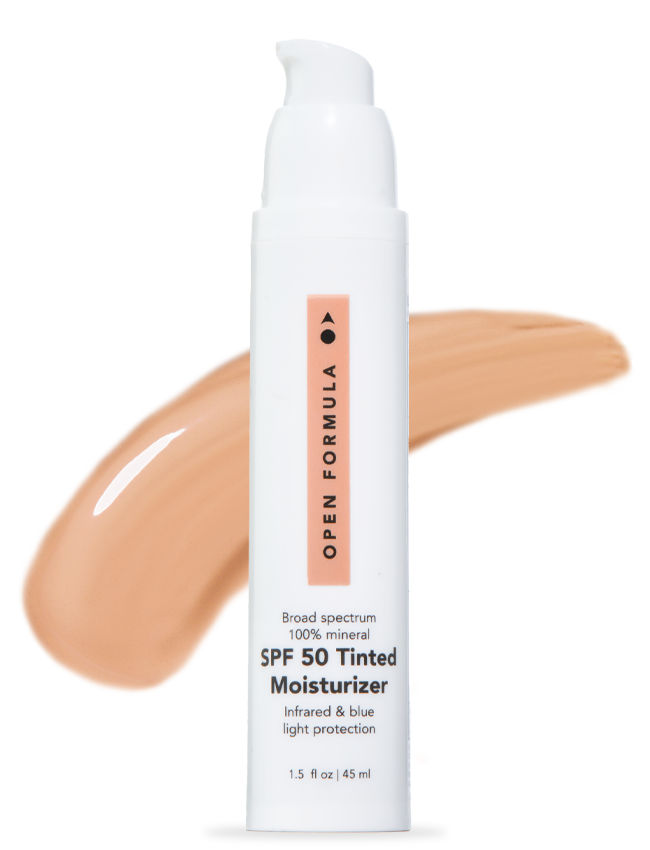If you have skin, you are at risk of getting skin cancer. Certain factors make some skin types a higher risk than others. Here’s what you need to know about skin cancer prevention and what steps to take now.
What is Skin Cancer?
Believe it or not, skin cancer is the most common form of cancer in the U.S. It affects 1 out of 5 people by the age of 70. The two most common types are basal cell and squamous cell carcinomas. Both are highly treatable, but they can be disfiguring. And treatments can be very expensive. The third most common type of skin cancer is melanoma, which is the most deadly. The large majority of these three types of skin cancer are caused by unprotected exposure to sunlight’s UV rays.
More on UV Light
There are two types of UV rays to be concerned about UVA and UVB.
- UVB Rays
- It’s easy to remember that B, as in UVB rays, equals burn. UVB rays are responsible for delayed tanning of the skin. UVB rays are what is measured in SPF.
- UVA Rays
- Think of the A in UVA as aging. UVA damages the skin cell’s DNA. It’s responsible for immediate skin tanning and burning, along with signs of aging such as fine lines, wrinkles and hyperpigmentation. UVA rays are not measured in SPF. UVA rays can pass through glass and cause skin burns and damage.
- UV light doesn’t just come from the sun it comes from tanning beds and sun lamps.
- UV rays penetrate the skin and cause damage to the cells.
Who is at Risk for Skin Cancer?
Everyone is at risk for skin cancer, but the following traits make you a higher risk.
- A lighter natural skin color.
- Skin that burns easily, gets freckles and reddens easily, or becomes painful in the sun.
- You have blue or green eyes.
- Your hair color is blond or red.
- You have a certain type of moles or a large number of moles.
- A family history of skin cancer.
- A personal history of skin cancer.
- Older age.
Tan Skin Doesn’t Mean Healthy Skin
Tanned skin is your skin’s response to UV injury. Skin cells signal that they have been injured and produce more pigment. Any change in skin color after sun exposure, tan or a burn, is a sign of skin injury, not skin health. Everytime you tan you increase your risk of skin cancer.
Over time, too much exposure to the sun and the damaging effect of UV rays can cause skin cancers.
Do These Steps to Skin Cancer Prevention Now
Prevention against skin cancer happens year round regardless of the weather. Why? If it’s daylight, the sun is always out and is penetrating through even the darkest clouds, which means UV rays will penetrate your skin. UV rays also reflect off surfaces like water, sand, snow, and cement.
Tips to Reduce Skin Cancer
- Always use broad spectrum SPF 30 or higher on exposed skin. Broad spectrum means the product offers protection against both UVA and UVB
- Stay out of the sun as much as possible between the hours of 10 a.m. and 4 p.m., when the UV rays are the strongest.
- If outside seek shade.
- Wear protective clothing and hats. Use a hat that protects your ears and your neck.
- Wear sunglasses that provide both UVA and UVB protection.
- Avoid indoor tanning all together.
It’s healthy to be outdoors, especially when you take steps to protect your skin from any sun damage. Skin cancer prevention gives you simple easy steps to incorporate into your life to keep you living a long vibrant life.






























